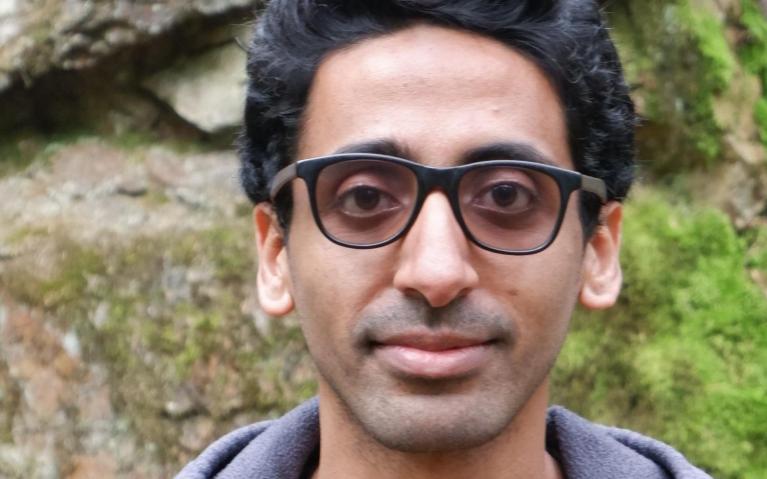
Omar Bashth
Doctor of Philosophy in Biomedical Engineering (PhD)
Research Topic
Uncovering the Role of Human Stem Cell Competition in Pluripotency and Lineage Commitment
Theses completed in 2010 or later are listed below. Please note that there is a 6-12 month delay to add the latest theses.
Proper embryonic development is crucial to organism viability and thus, various checks and balances exist to correct errors. Cell competition has been reported as a possible mechanism to enact this error correction, where embryonic cells have been shown to engage in contact-mediated killing, particularly during post-implantation development. In vitro analogues of mouse embryonic cells, called mouse embryonic stem cells (mESCs), retain their pluripotency: the ability to expand and give rise to all cell types of the body. They have also been shown to engage in competition during pluripotency exit, as cells differentiate to give rise to specialized cell types of the body. Indeed, competition has been suggested as a self-regulating mechanism that populations of mESCs use to preserve pluripotency in culture, where mESCs corresponding to earlier embryonic stages of pluripotency (“naïve”) actively eliminate those at later (“primed”) stages. However, it is not clear whether competition also plays a role in resolving heterogeneity during exit from pluripotency. I hypothesize that competition is a mechanism by which mESC populations may synchronize their cell fate transitions, resolving heterogeneity that emerges both in pluripotent mESC culture and as a result of asynchronous transitions during differentiation. To test this hypothesis, I first performed flow cytometry analysis of mESCs undergoing undirected differentiation from starting media conditions that promote heterogeneity (FBS/LIF media, supporting both naïve and primed-like mESCs) or homogeneity (FBS/LIF+2i media, preserving naïve mESCs only). Heterogeneity within the starting population and throughout differentiation was characterized at single-cell resolution by tracking the expression of four cell surface proteins. DNA barcoding was then used to track the growth and death of individual mESCs and their progeny during differentiation. This clonal analysis revealed that homogenous populations of mESCs exhibited uniform clonal loss, serving as a control condition against which future studies of heterogeneous mESC populations can be compared. These future studies are expected to identify whether primed-like mESCs are preferentially eliminated during differentiation culture, as predicted by my hypothesis. This study has implications for both directed differentiation bioprocessing protocols in vitro and for understanding early development and gastrulation in vivo.
View record
If this is your researcher profile you can log in to the Faculty & Staff portal to update your details and provide recruitment preferences.